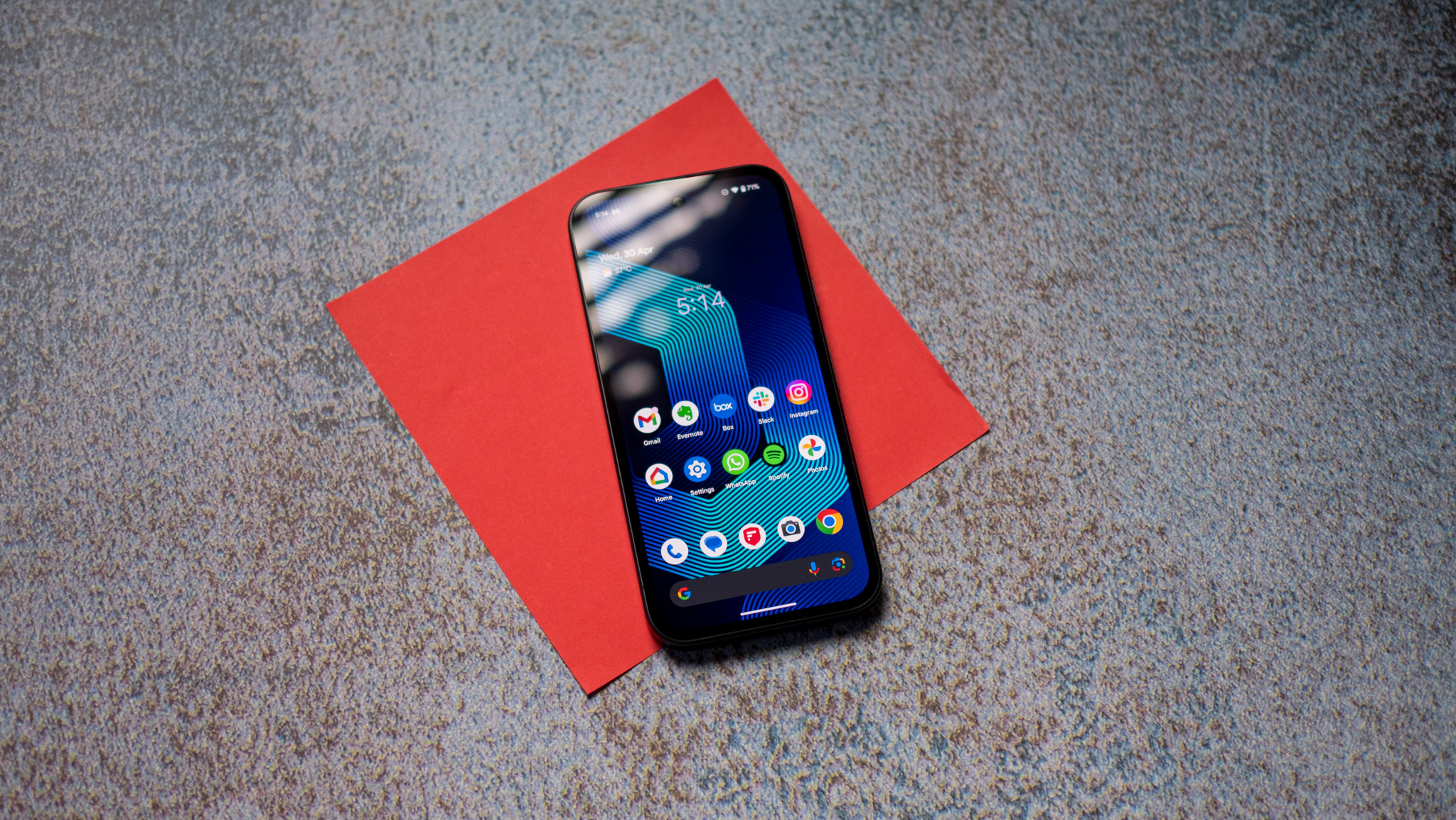Samsung Galaxy Fold vs. Motorola RAZR: Which should you buy?
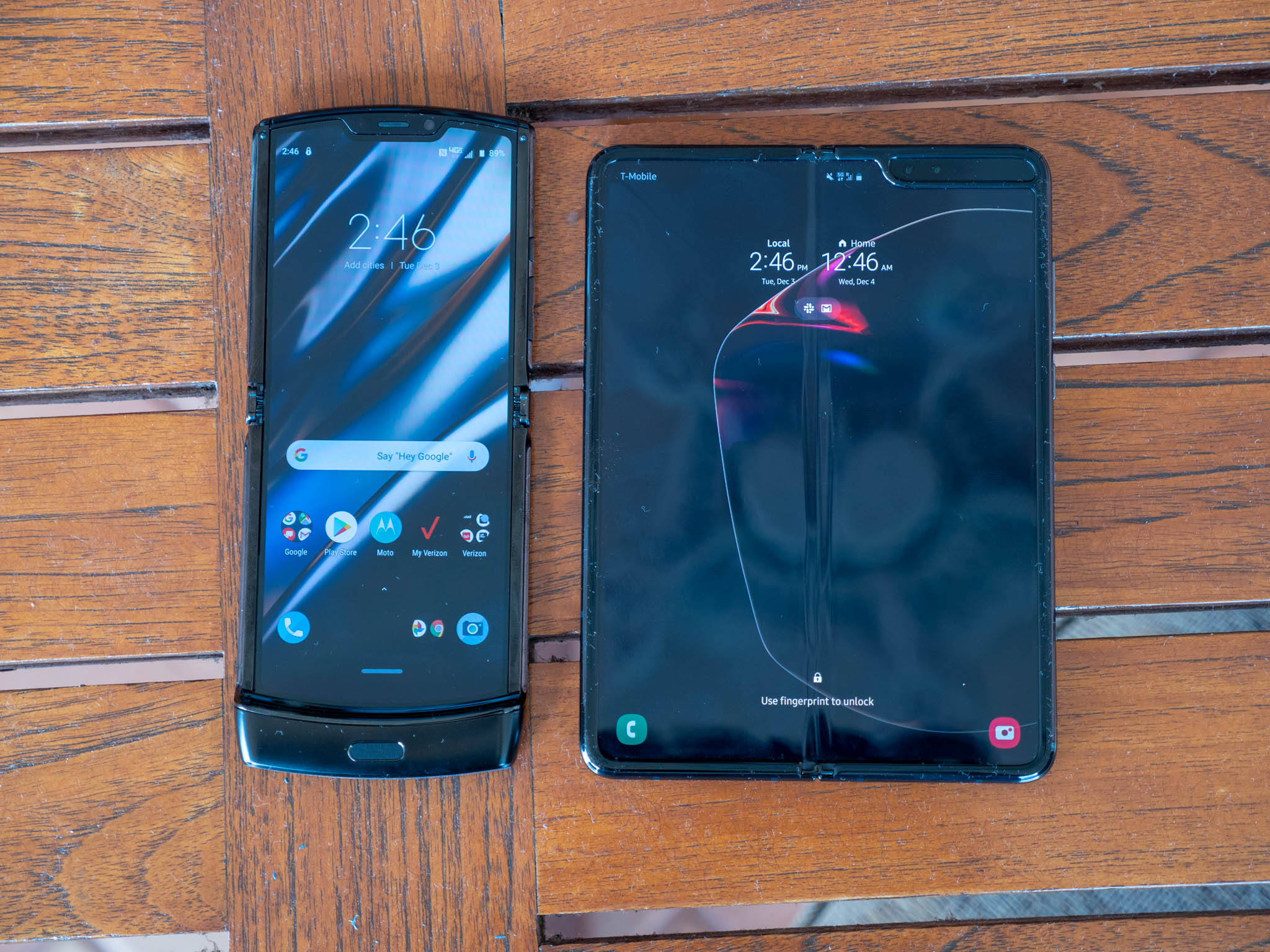
Samsung Galaxy Fold
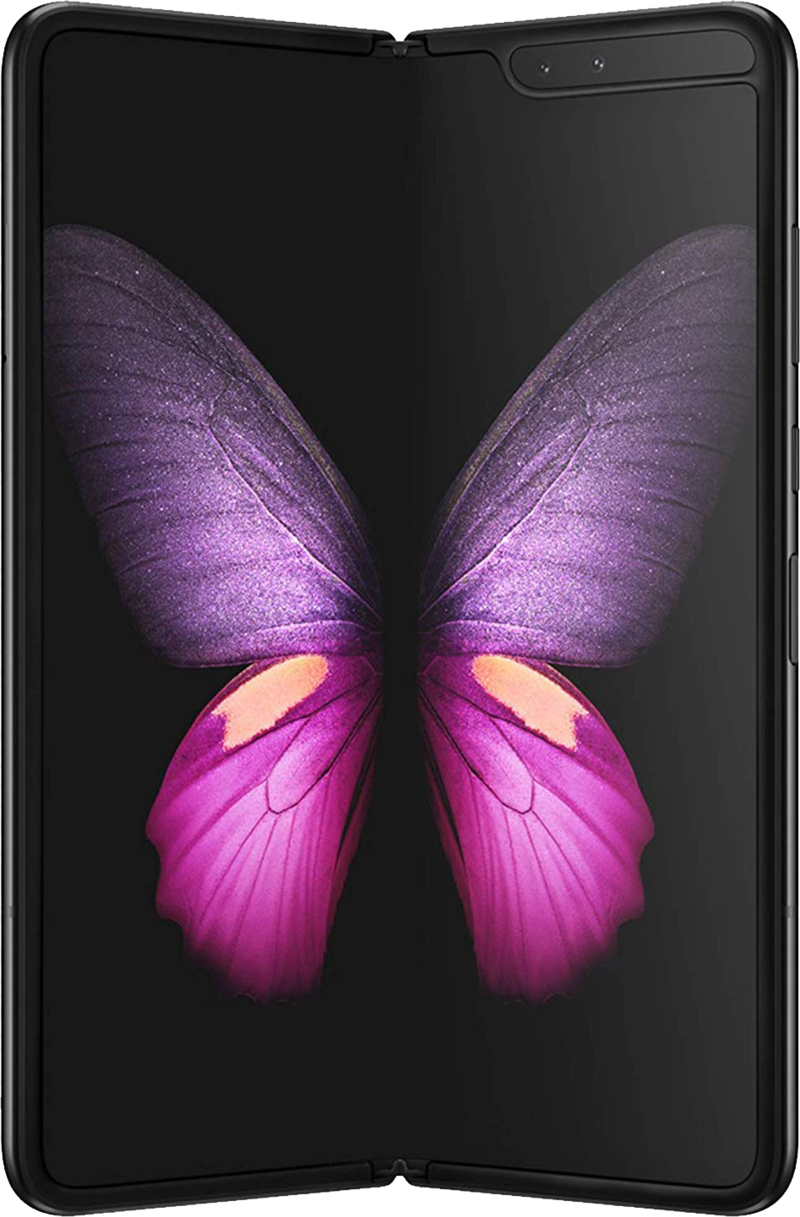
The Galaxy Fold is Samsung's most ambitious phone yet, able to fold out from a thick, narrow phone-sized device with a small screen to a thin miniature tablet, and it all fits in your pocket. It has a whopping six cameras, flagship-tier specs, and all-day battery life.
Samsung Galaxy Fold
Foldable flagship
Motorola RAZR

The RAZR is a modern reimagining of the most popular flip phone ever made, folding out vertically into an otherwise typical smartphone with mid-range specs and a single rear camera. It's by no means a flagship, but the compact, nostalgic design could win you over.
Motorola RAZR
Futuristic throwback
Foldable smartphones have been teased for years, but 2019 was the year we finally started to see them come to market. We saw the Galaxy Fold originally go out to reviewers (including Android Central) back in April, but its initial launch was short-lived after a series of unfortunate and inadmissible flaws. Thankfully, those issues have since been sorted out, and the phone is back up for sale.
On the other hand, the new RAZR is sleeker and more nostalgic than the Fold, but based on our early impressions, it's let down by mediocre specs and a troublesome hinge that may pose problems in the long-run. Oh, and the camera isn't very good.
Specs aren't the whole story
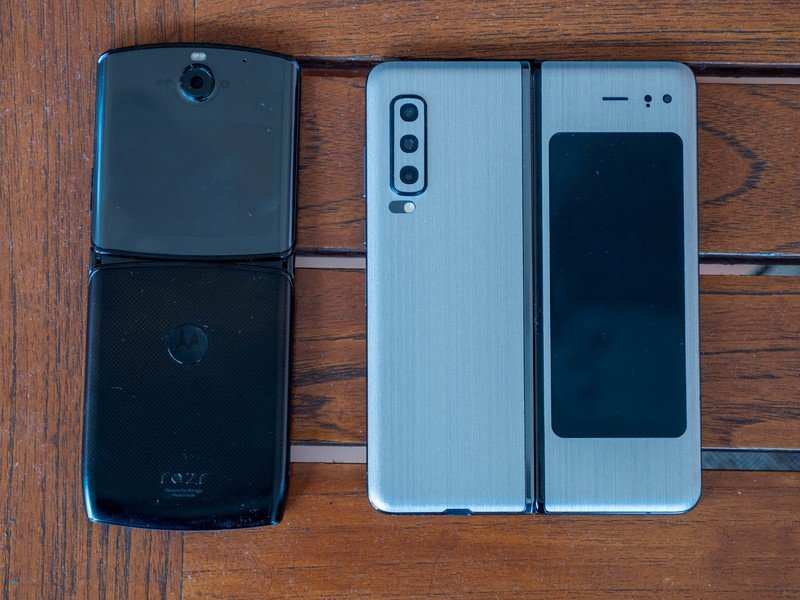
The Galaxy Fold and 2020 Motorola RAZR are two very different phones with one thing in common: both fold in half to become much more compact when not in use, though the philosophy behind each is different. The Galaxy Fold starts off as a thick yet narrow phone that opens up to be a miniature tablet of sorts, with a 7.3-inch AMOLED display at an unusual 4.2:3 aspect ratio. The RAZR instead folds out from a thin clamshell to an even thinner 6.2-inch phone with a more typical 21:9 aspect ratio.
The Galaxy Fold and Motorola RAZR are two very different phones with one thing in common.
Perusing through the spec sheet, it quickly becomes clear that the Galaxy Fold is far more current in its internals; where the RAZR touts an aging and modest Snapdragon 710 chipset, the Fold features a top-of-the-line Snapdragon 855, along with double the RAM, quadruple the storage, and a battery nearly twice as large. The Galaxy Fold is in every way a flagship-tier device — as it should be for nearly $2,000.
You also get the same fantastic cameras as on the rest of Samsung's 2019 lineup, including the Galaxy S10+ and Note 10+, with some additional cameras included to ensure you can shoot no matter what configuration you're using. By contrast, the RAZR has a single rear camera, just as its 15-year predecessor did. Based on our initial hands-on, it's nothing to get excited about. Part of this is because the RAZR's hardware was finalized over 18 months ago, meaning it's limited by older imaging hardware and processing.
Get the latest news from Android Central, your trusted companion in the world of Android
Things aren't all bleak for the RAZR on paper, though. It's P2i splash-resistant like many of Motorola's other products, meaning a bit of rain won't do it any harm. By contrast, while Samsung has put a large focus on fixing the fragility of the Fold's display, it's still by no means water-resistant, and you should keep it away from water whenever possible.
| Header Cell - Column 0 | Galaxy Fold | Motorola RAZR |
|---|---|---|
| Operating System | Android 9.0 | Android 9.0 |
| Display | 7.3 inches unfolded + 4.6-inch cover display 1536 x 2152 + 720 x 1680 | 6.2 inches unfolded + 2.7-inch cover display 876 x 2142 + 600 x 800 |
| Processor | Snapdragon 855 | Snapdragon 710 |
| Graphics | Adreno 640 | Adreno 616 |
| Memory | 12GB | 6GB |
| Storage | 512GB | 128GB |
| Expandable Storage | No | No |
| Rear Camera | 12MP, ƒ/1.5-2.4, 27mm 12MP, ƒ/2.4, 52mm 16MP, ƒ/2.2, 12mm | 16MP, ƒ/1.7 |
| Front Camera | 10MP, ƒ/2.2, 26mm + 8MP, ƒ/1.9, 24mm 10MP, ƒ/2.2, 26mm cover camera | 5MP, ƒ/2.0 |
| Security | Side fingerprint sensor | Front fingerprint sensor |
| Ports | USB-C | USB-C |
| Headphone jack | No | No |
| Battery | 4380mAh, 15W charging | 2510mAh, 15W charging |
| Water Resistance | No | P2i splash resistance |
| Dimensions | 160.9 x 117.9 x 6.9 mm (unfolded) 160.9 x 62.9 x 15.5 mm (folded) | 172 x 72 x 6.9 mm (unfolded) 94 x 72 x 14mm (folded) |
| Weight | 263g | 205g |
| Colors | Cosmos Black, Space Silver | Noir Black |
Which folding form factor is better?
Of course, specs aren't the reason you spend between $1,500 and $2,000 on a phone. Each is a glimpse into the different avenues of a future full of foldables, and you should consider the form factors before anything else. After all, if you're only after high-end specs, you're probably better off with a more typical phone like the Galaxy S10+ for now.
The Galaxy Fold's ability to open up into a small tablet is considerably more useful in theory — you get a large screen when you need it, and a smaller phone that you're able to use in one hand when you just want to text or browse through social media. However, while many aspects of the Fold's unique user experience are genuinely great, a few key problems arise.
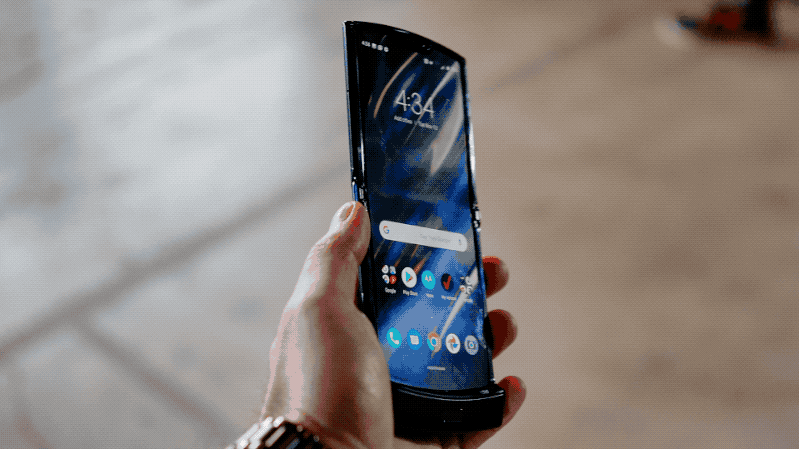
The cover display is too small for comfortably navigating most apps, and typing on it is an exercise in frustration. On the other hand, the larger tablet-style display can often lead to compatibility issues with certain apps, though that'll almost certainly get ironed out over time. One of the biggest benefits of such a large display is the ability to run multiple apps simultaneously in a variety of split-screen configurations.
The RAZR's utility may not be as immediately apparent, but it's well-executed in several ways. Its cover screen doesn't attempt to offer more than its size can accommodate. Instead, Motorola has essentially outfitted its Moto Display software into the small screen to show your notifications and media controls at a glance. You can also respond to text messages with preset responses or voice-to-text, and the display even acts as a viewfinder that lets you take selfies with the primary camera.
Once unfolded, the 21:9 aspect ratio means that the RAZR won't run into nearly as many app compatibility issues as the Fold — though some apps still aren't optimized for anything beyond 18:9. Motorola also revamped its classic chin design below the display and added a capacitive fingerprint sensor, along with a loudspeaker that gets surprisingly, well, loud.
Which one should you buy?
Ultimately, you'll need to decide for yourself what form factor is more appealing; if you ask me, the RAZR's cover display is far more clever than the Fold's, and the more common aspect ratio of its unfolded display means you'll run into fewer unexpected app behaviors. However, the Galaxy Fold's tablet-like display offers dramatically more real estate and feels to many like a better use of the foldable form factor.
Of course, the Fold also has dramatically better specs and unlocked network support (the RAZR is limited to Verizon-only in the States), so it's likely the better buy for most people, assuming they're willing to shell out the extra money for it. But fans of nostalgia who miss being able to shut their phone at the end of long calls will find plenty of joy in the upcoming 2020 RAZR.

Hayato was a product reviewer and video editor for Android Central.

